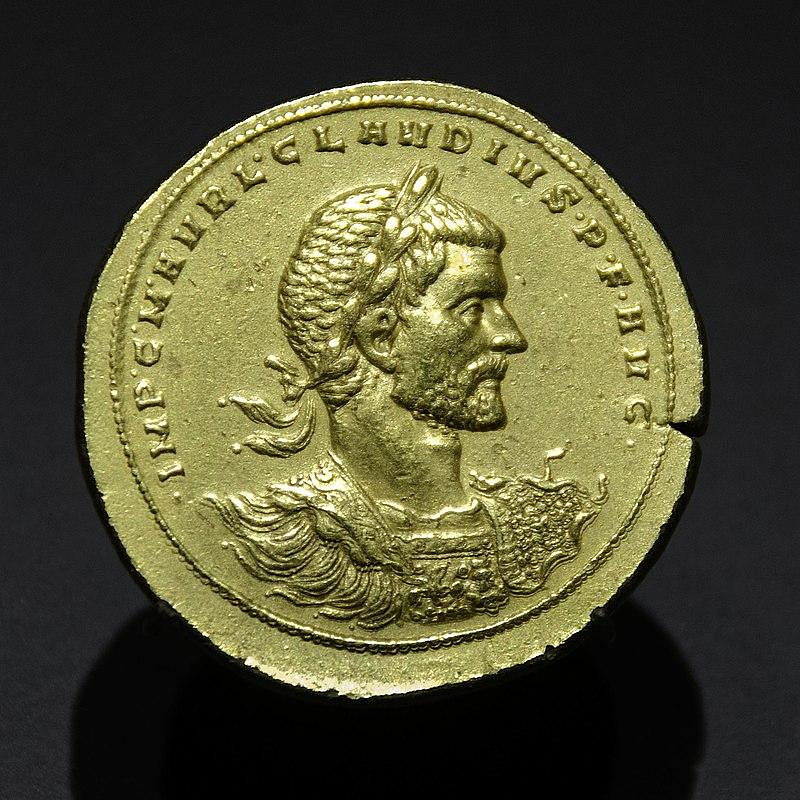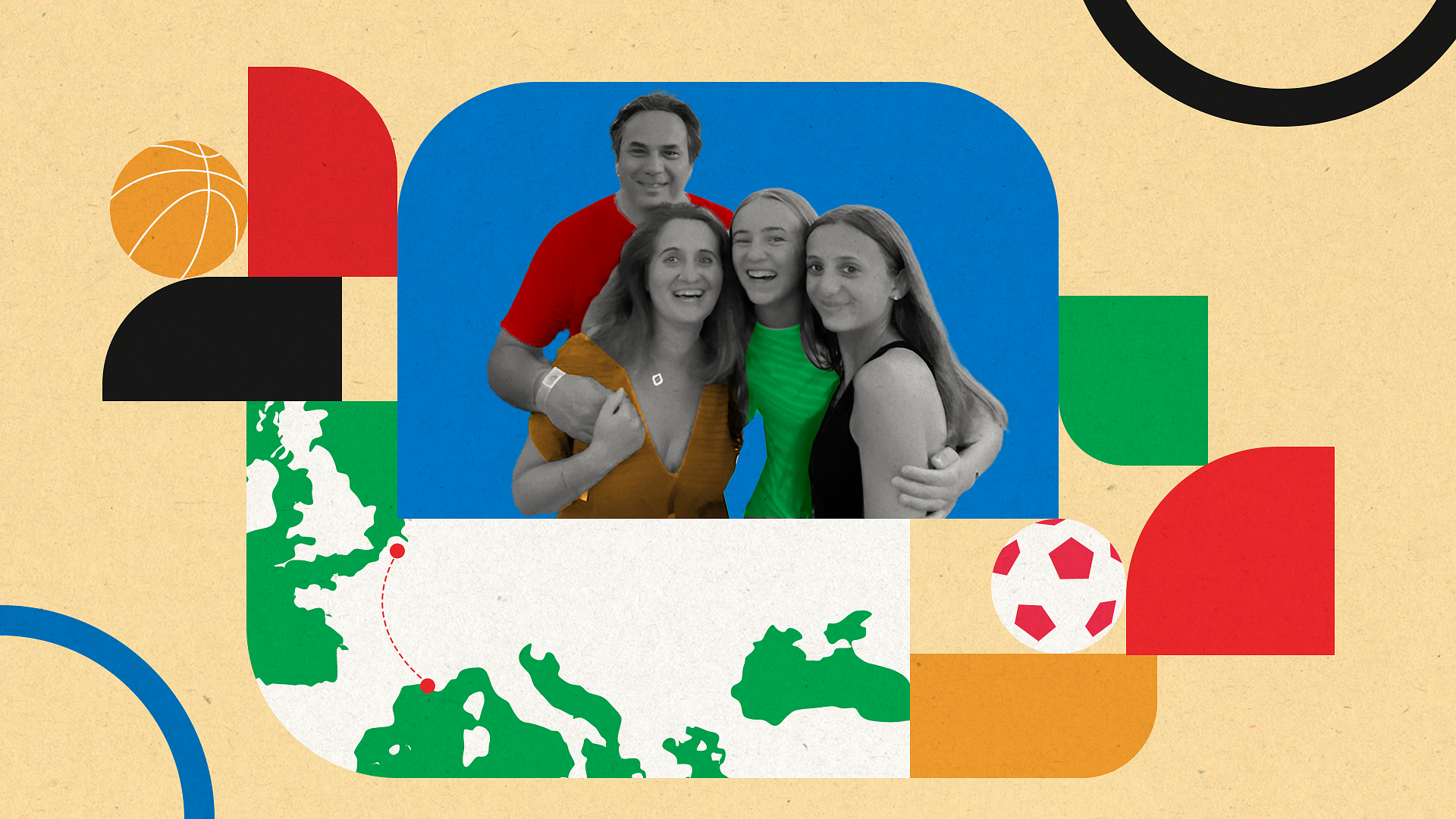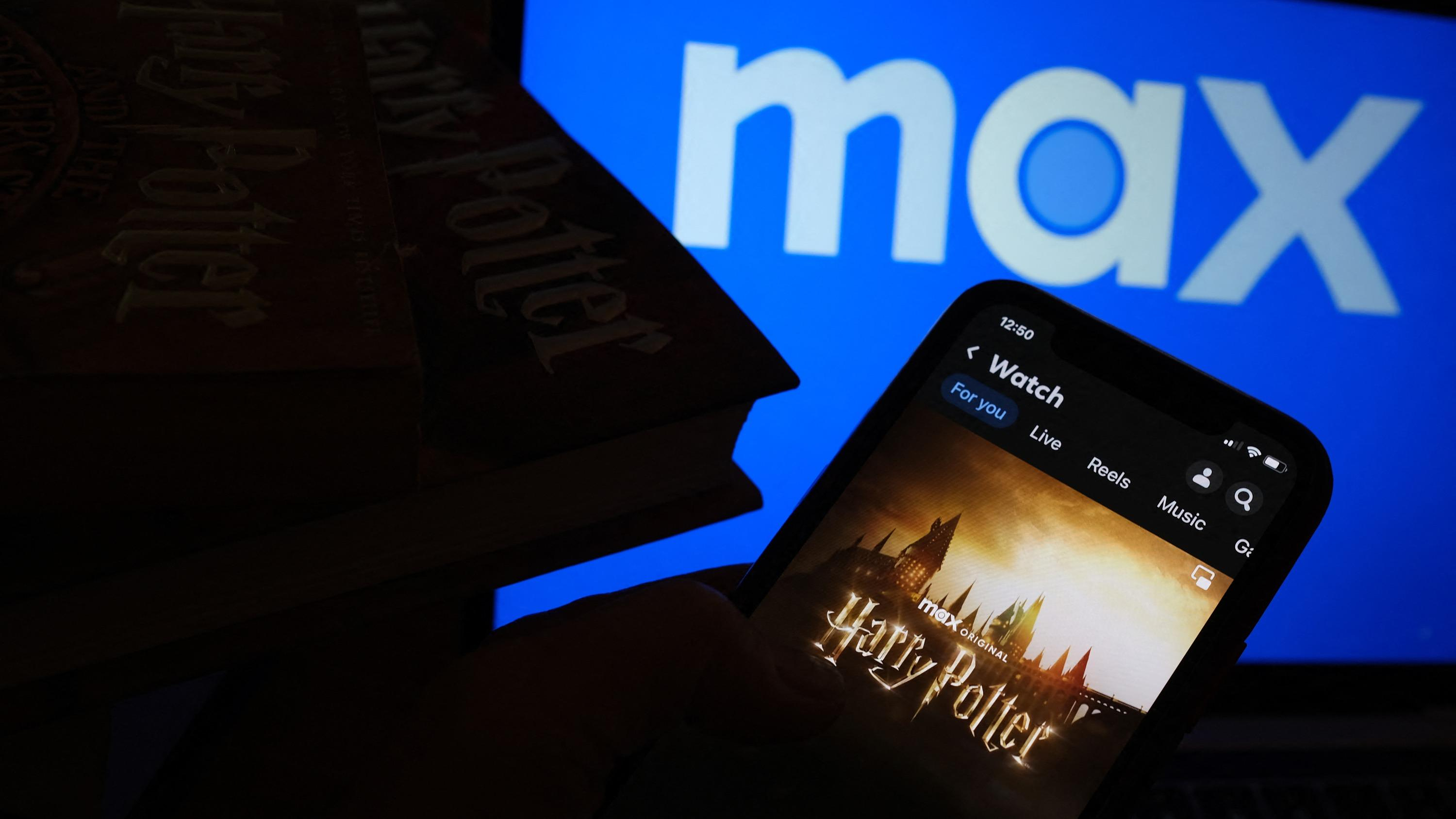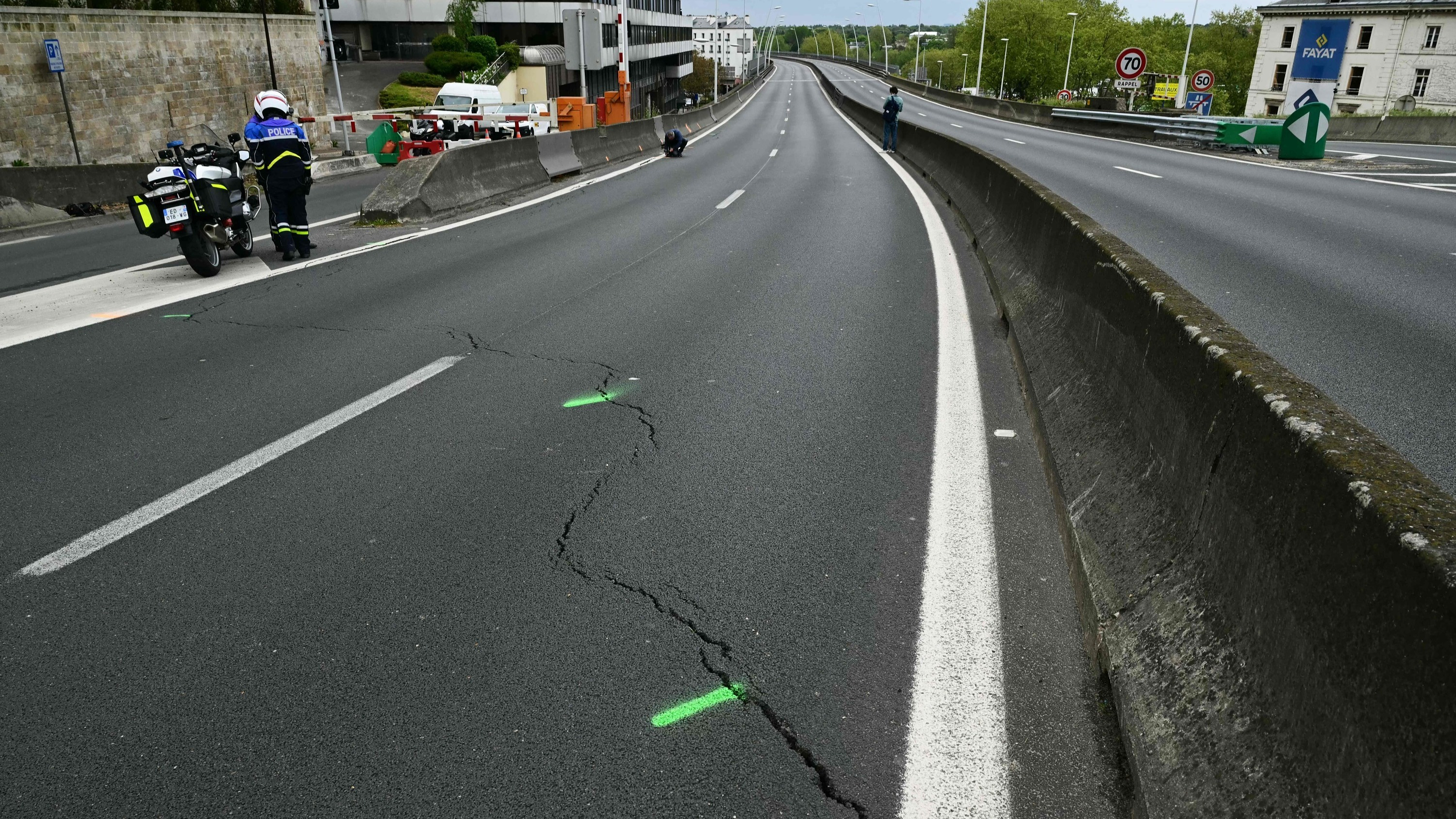Félix Biancamaria's lawyers announced Monday that they would plead for their client, who risks up to five years of imprisonment, to be "relaxed" and for "his dish to be returned to him" at the end of his trial before the court. Marseille correctional facility.
Already sentenced in 1986 to 18 months' suspended imprisonment for hijacking a maritime wreck - a sentence confirmed in 1995 on appeal - Biancamaria is now being prosecuted for concealment of theft and smuggling a national treasure.
The affair hit the headlines. While fishing for sea urchins in 1985 in Corsica, near Ajaccio, the man discovered a dish and gold coins (nearly 600 in total) struck with the effigy of Roman emperors from the 3rd century. These are aurels or multiples of the emperors Gallienus, Claudius II the Gothic, Quintille and Aurelian. Eighteen of them would be unique in the world and worth several million euros.
This treasure was largely dispersed when Félix Biancamaria, his brother and an accomplice were sentenced in 1994 to 18 months in prison and a fine of 20,000 euros. And this find will result in Félic Biancamaria being tried again on January 29 and 30 for “concealment of the theft of a maritime treasure”.
“He only has his eyes left to cry with,” declared Monday at a press conference in Paris one of his lawyers, Me Amale Kenbib, accusing the State of “appropriating this monetary treasure” that numismatists consider it one of the most important in the world.
The case came back into the news when he was arrested at Roissy airport in 2010, in possession of a gold dish considered to be one of the centerpieces of the treasure discovered in the Gulf of Lava, off the coast of Ajaccio. .
He then confirmed having found the dish during dives in the 1980s. The object, whose price is estimated between 6 and 8 million euros, had been entrusted to the department of underwater and underwater archaeological research at the Ministry of Culture (Drassm).
According to the sixty-year-old's other lawyer, Me Anna-Maria Sollacaro, at the time the legislation covering maritime discoveries did not provide for any provisions other than those for the diversion of wrecks. Then, “we participated in a hasty movement to create new legislation following the discovery to be able to appropriate the treasure” by introducing a notion of “maritime cultural property”.
However, it is “much more likely that this treasure emanates from the Roman occupation of the time than from a shipwreck”, underlines Me Sollacaro, denouncing a violation of the principle of “non-retroactivity of criminal law”.
Experts - historians, archaeologists and divers - cited by the defense will testify at the trial to challenge the wreck hypothesis. If the treasure was originally on dry land, the discoverer is entitled to 50% of its value. But if it is damaged at sea, it indeed belongs entirely to the State.

 In Russia, Vladimir Putin stigmatizes “Western elites”
In Russia, Vladimir Putin stigmatizes “Western elites” Body warns BBVA that "the Government has the last word" in the takeover bid for Sabadell
Body warns BBVA that "the Government has the last word" in the takeover bid for Sabadell Finding yourself face to face with a man or a bear? The debate that shakes up social networks
Finding yourself face to face with a man or a bear? The debate that shakes up social networks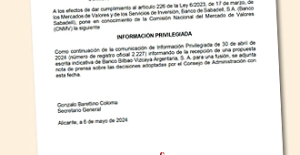 Sabadell rejects the merger with BBVA and will fight to remain alone
Sabadell rejects the merger with BBVA and will fight to remain alone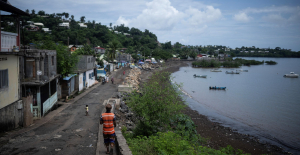 Fatal case of cholera in Mayotte: the epidemic is “contained”, assures the government
Fatal case of cholera in Mayotte: the epidemic is “contained”, assures the government The presence of blood in the urine, a warning sign of bladder cancer
The presence of blood in the urine, a warning sign of bladder cancer A baby whose mother smoked during pregnancy will age more quickly
A baby whose mother smoked during pregnancy will age more quickly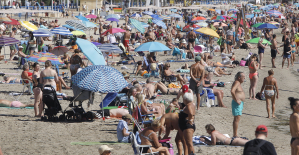 The euro zone economy grows in April at its best pace in almost a year but inflationary pressure increases
The euro zone economy grows in April at its best pace in almost a year but inflationary pressure increases Apple alienates artists with the ad for its new iPad praising AI
Apple alienates artists with the ad for its new iPad praising AI Duration, compensation, entry into force... Emmanuel Macron specifies the contours of future birth leave
Duration, compensation, entry into force... Emmanuel Macron specifies the contours of future birth leave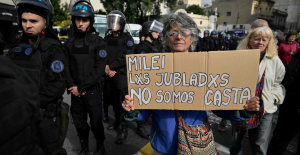 Argentina: the street once again raises its voice against President Javier Milei
Argentina: the street once again raises its voice against President Javier Milei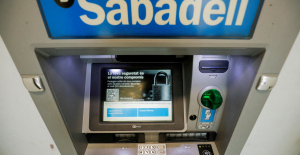 Spain: BBVA bank announces a hostile takeover bid for its competitor Sabadell
Spain: BBVA bank announces a hostile takeover bid for its competitor Sabadell Jeane Manson released from hospital Friday after heart attack
Jeane Manson released from hospital Friday after heart attack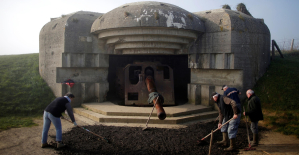 In Normandy, frescoes and bunkers from 1939-1945 come back to life in bars, lodges and exhibitions
In Normandy, frescoes and bunkers from 1939-1945 come back to life in bars, lodges and exhibitions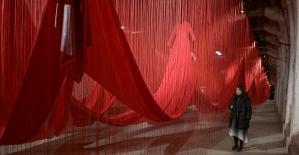 In an Austrian concentration camp, the ghosts of the deportees summoned by Chiharu Shiota
In an Austrian concentration camp, the ghosts of the deportees summoned by Chiharu Shiota Tax fraud: Shakira is done with her legal troubles in Spain
Tax fraud: Shakira is done with her legal troubles in Spain Omoda 7, another Chinese car that could be manufactured in Spain
Omoda 7, another Chinese car that could be manufactured in Spain BYD chooses CA Auto Bank as financial partner in Spain
BYD chooses CA Auto Bank as financial partner in Spain Tesla and Baidu sign key agreement to boost development of autonomous driving
Tesla and Baidu sign key agreement to boost development of autonomous driving Skoda Kodiaq 2024: a 'beast' plug-in hybrid SUV
Skoda Kodiaq 2024: a 'beast' plug-in hybrid SUV The home mortgage firm rises 3.8% in February and the average interest moderates to 3.33%
The home mortgage firm rises 3.8% in February and the average interest moderates to 3.33% This is how housing prices have changed in Spain in the last decade
This is how housing prices have changed in Spain in the last decade The home mortgage firm drops 10% in January and interest soars to 3.46%
The home mortgage firm drops 10% in January and interest soars to 3.46% The jewel of the Rocío de Nagüeles urbanization: a dream villa in Marbella
The jewel of the Rocío de Nagüeles urbanization: a dream villa in Marbella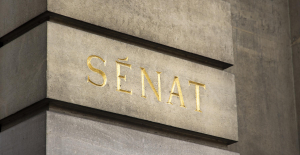 Institutions: senators want to restore the accumulation of mandates and put an end to the automatic presence of ex-presidents on the Constitutional Council
Institutions: senators want to restore the accumulation of mandates and put an end to the automatic presence of ex-presidents on the Constitutional Council Europeans: David Lisnard expresses his “essential and vital” support for François-Xavier Bellamy
Europeans: David Lisnard expresses his “essential and vital” support for François-Xavier Bellamy Facing Jordan Bardella, the popularity match turns to Gabriel Attal’s advantage
Facing Jordan Bardella, the popularity match turns to Gabriel Attal’s advantage Europeans: a senior official on the National Rally list
Europeans: a senior official on the National Rally list These French cities that will boycott the World Cup in Qatar
These French cities that will boycott the World Cup in Qatar Champions League: when a superstitious supporter brings luck to Real Madrid
Champions League: when a superstitious supporter brings luck to Real Madrid WRC: Neuville in the lead in Portugal after the first special
WRC: Neuville in the lead in Portugal after the first special Atalanta-OM: in video, the beautiful Ruggeri strike in the top corner of Lopez
Atalanta-OM: in video, the beautiful Ruggeri strike in the top corner of Lopez Tennis: expeditious, Swiatek qualifies for the 3rd round in Rome
Tennis: expeditious, Swiatek qualifies for the 3rd round in Rome